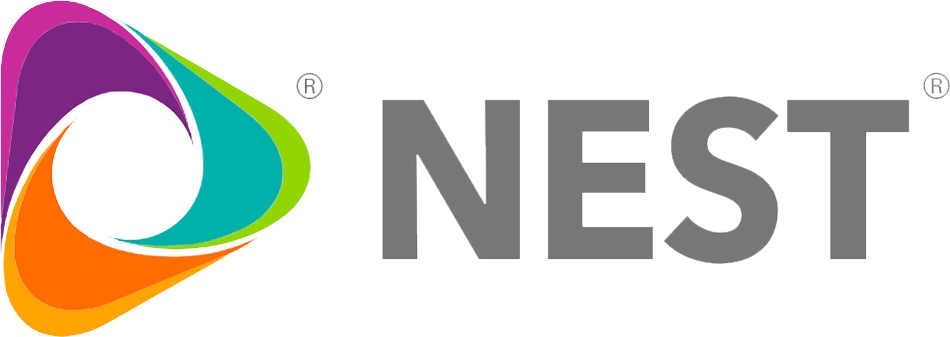In the dynamic world of Integrated Facilities Management (IFM), adopting a unified approach that harmoniously blends people, technology, places, and processes emerges as a key strategy for achieving efficiency and effectiveness.
This comprehensive strategy goes beyond conventional facilities management practices by creating a synergistic environment where the physical workspace, the individuals engaging within it, and the operational workflows are in perfect alignment.
The ultimate aim is to develop a functional and flourishing ecosystem that propels an organization's fundamental goals forward.
The strategic integration of people, places, and processes is essential, and here's why:
- People: At the core of any organization are its people, whose well-being, productivity, and engagement are significantly shaped by the facilities management strategies employed. An integrated approach to facilities management takes into account the needs, safety, and comfort of everyone, ensuring the workplace environment promotes positive experiences and supports professional development. This approach often necessitates nuanced decision-making and seasoned expertise to interpret data and situations for the best outcomes.
- Places: The 'place' encompasses the physical infrastructure and spaces where business activities unfold. An optimized and effectively managed space not only complies with safety standards but also boosts functionality, aesthetics, and sustainability. For retail spaces, this directly influences customer perceptions and brand experience, even beyond the store's physical location.
- Processes: Operational workflows and procedures are the backbone of an organization's functionality. Streamlined processes minimize waste, enhance operations, and guarantee effective resource allocation. Within the realm of facilities management, this covers everything from maintenance schedules and energy efficiency to vendor agreements and emergency responses.
- Technology: While technology is often heralded as a standalone solution for modern challenges, in the realm of IFM, it is most effective when combined with human insight and comprehensive processes. At NEST, we recognize that technology alone isn't the panacea it's often made out to be; rather, it's a crucial component of a larger ecosystem that includes people, places, and processes.
In an IFM provider's approach, technology serves as the backbone that supports and enhances the strategic integration of these elements. The goal is to employ an array of technologies that facilitate better management of physical spaces, streamline operations, and improve overall workplace functionality.
Technology platforms are designed not just for automation or data collection but as part of a holistic strategy to ensure that all components of an organization's infrastructure—people, places, and processes—are interconnected and aligned. An IFM solutions helps to create not only more efficient but also more responsive and adaptable environments. This approach ensures that technological advancements work hand in hand with skilled professionals and proven processes to achieve the best possible outcomes for clients.
The intelligent application of technology in facilities management goes beyond mere operational efficiency. It also includes enhancing the sustainability of environments, reducing waste, and ensuring compliance with regulatory standards—all while maintaining the highest levels of safety and comfort for all occupants.
Advantages of a Unified Approach to Facilities Management
- Improved Collaboration and Communication: Eliminating departmental silos and promoting a culture of transparency and teamwork enables organizations to proactively tackle issues, share insights, and develop innovative solutions that benefit the entire ecosystem.
- Cost Efficiency and Resource Optimization: An all-encompassing facilities management strategy leads to more efficient resource use, diminishing redundancies, and ensuring workplace investments maximize productivity and employee contentment.
- Adaptability and Resilience: In an ever-changing environment, a unified approach to facilities management guarantees that organizations can swiftly adjust to new challenges, whether they stem from growth, technological advancements, or unexpected crises like pandemics.
- Sustainability and Corporate Responsibility: Incorporating sustainable practices into facilities management not only minimizes the environmental impact but also meets the increasing expectations for businesses to make a positive societal contribution.
Implementing an Integrated Facilities Management Strategy
- Conduct a Comprehensive FM Analysis: Begin with a thorough assessment of your facilities, processes, and people dynamics within your spaces to identify improvement areas.
- Leverage Technology: Utilize modern Integrated Workplace Management Systems (IWMS) and facilities management technologies for better asset and workforce management. These tools offer insightful analytics to guide decision-making.
- Cultivate Continuous Improvement: Embrace a culture geared towards ongoing improvement and innovation. Encourage feedback, celebrate achievements, and constantly seek ways to better integrate people, places, and processes.
- Educate and Empower Your Team: Make sure your facilities management team and all employees grasp the unified approach's vision and benefits. Provide the necessary training and resources to empower their contributions to this ecosystem.
- Monitor, Measure, and Adjust: Engage with an IFM provider that can help to identify KPIs to track your facilities management strategy's success. Be ready to refine your approach based on performance data and stakeholder feedback.
The shift towards a unified facilities management strategy marks a significant move towards creating more integrated, efficient, and people-focused workplaces. By merging people, places, and processes, organizations can not only reach operational excellence but also cultivate a culture that attracts and retains top talent, encourages innovation, and supports sustainability.
Committing to an integrated facilities management strategy involves dedication, teamwork, and an openness to change—yet the organizational and resilience benefits it brings are immense.
Advance Your FM Program to the Next Level
This free ebook outlines the 5 most important pieces to unlocking the full potential of an integrated facilities management program.
Download Now


